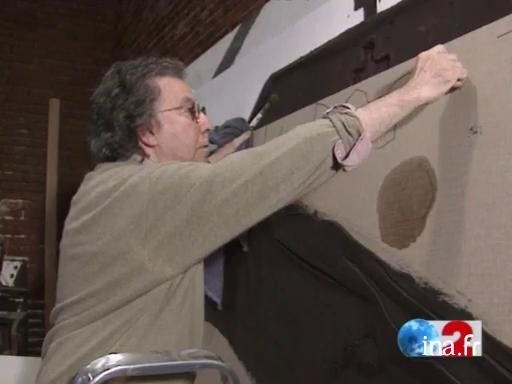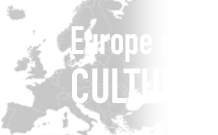Conversation with Antoni Tapies

Information
Portrait and conversation with Antoni Tapies on the occasion of a retrospective that is dedicated to him at the Galerie Nationale du Jeu de Paume. Tapies talks about his work method, the symbol of the cross, which is very present in his work, and the duality of his work between painting and sculpture.
Context
A herald of Arte Povera, Antoni Tapies introduced non-academic materials to his paintings that often seemed like sculptures with their such marked reliefs. In the 1950s, dust, clay and marble powder were used in his painting, before adding to them, two decades later, real objects, shoes, clothes, even pieces of furniture.
This Catalan, born in Barcelona in 1923, bathed in a universe of books and his passion for philosophy, theology and oriental art. A victim of a serious pulmonary illness at 18 years old, the doctor looking after him was one of Picasso's childhood friends. Introduced by him, he met the master in Paris, in his workshop. In 1949, he'd meet another great name of Spanish painting, Joan Miro, who had a large influence on him as did Paul Klee. Tapies shared with the latter a neutral artist approach, at a time when most of them were engaged in the Communist Party.
Tapies brought not least a critical view of his time, his painting underlining vacuity and brutality. The crosses dotted throughout his work are such references to the cemeteries filled with the dead from the Spanish Civil War and the Second World War.















